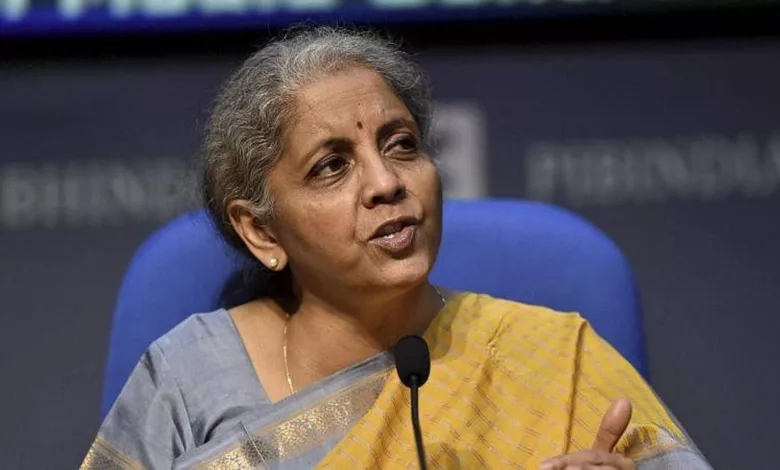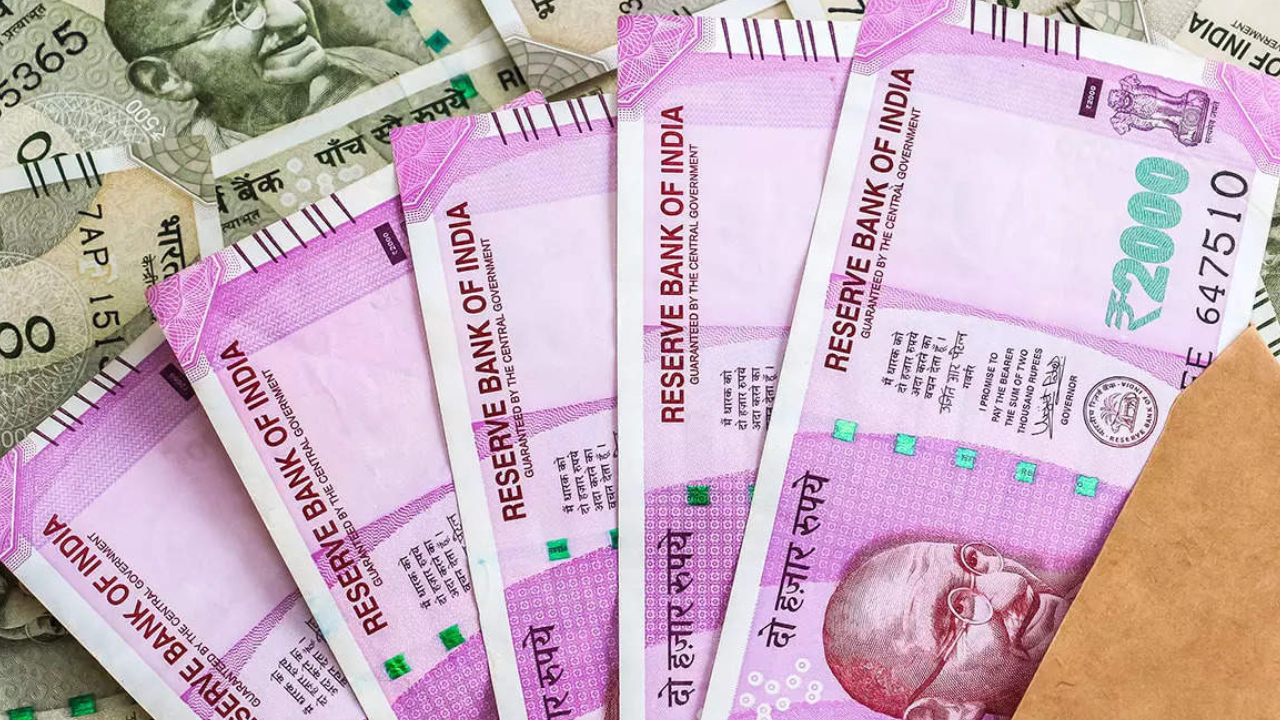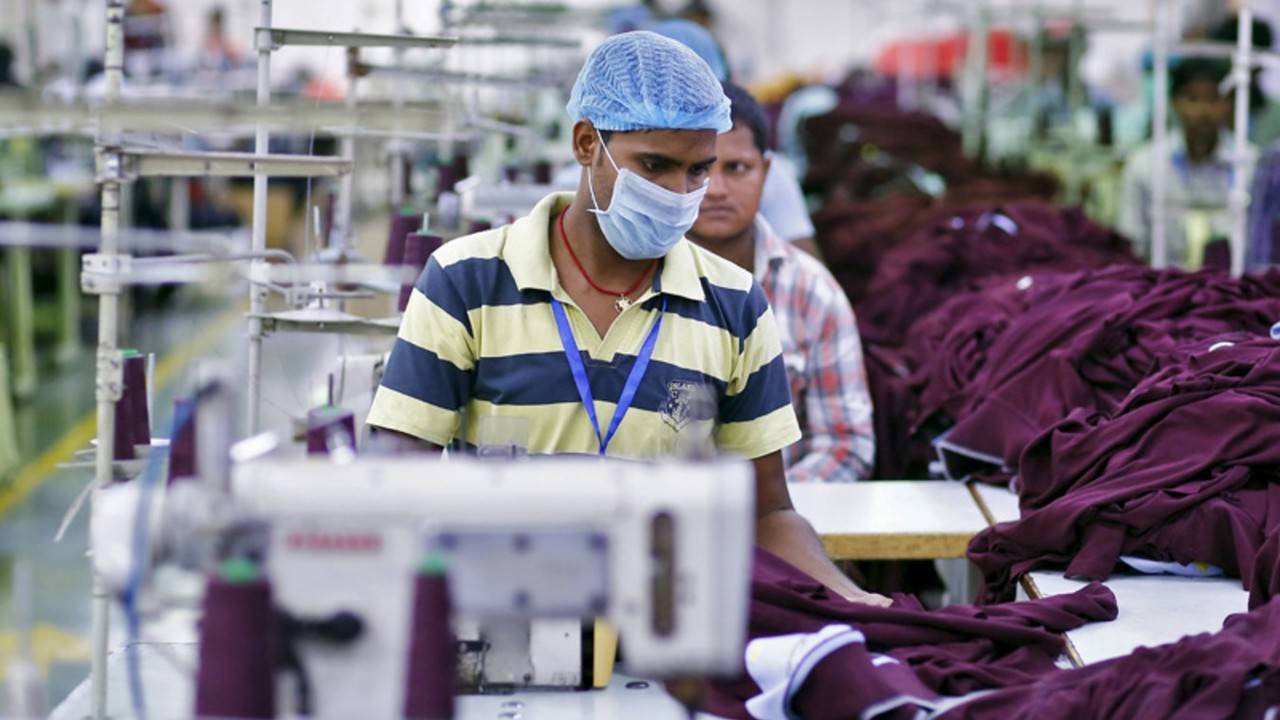Rs 2,600 Crores Payment To MSMEs Yet To Be Cleared By Government Bodies
Assistance for MSMEs extends beyond what the government can provide. It most definitely depends on it. The finance minister said at the Hero Mindmine Summit, "But I was astonished to see that large outstanding and overdue payments were also from the big enterprises.

Nirmala Sitharaman, the union finance minister, urged large corporations to pay debts owed to micro, small, and medium-sized businesses (MSMEs). She also stated that the government and more established, larger corporations should support smaller businesses equally.
Assistance for MSMEs extends beyond what the government can provide. It most definitely depends on it. The finance minister said at the Hero Mindmine Summit, “But I was astonished to see that large outstanding and overdue payments were also from the big enterprises. The Micro Small and Medium Businesses (MSMEs) industry makes a significant contribution to the nation’s socioeconomic growth.
The sector has gained a great deal of relevance as a result of its impact on India’s GDP and exports. Also, the industry has significantly aided in the expansion of entrepreneurship, notably in India’s semi-urban and rural regions. Sitharaman stated that although she could lobby states, PSUs, and departments, she could only “appeal to the industry. Can we shorten the time it takes for MSMEs to receive their dues after all the tears we wept for them”?
Although it is great that larger businesses are including the sums owing to MSMEs in their annual filings, she added that they must also pay off these debts. According to statistics, at the end of 2021, India’s MSMEs owed debts totaling Rs 10.7 trillion. Private clients, governmental agencies, and PSUs are the sources of the payment delays. MSMEs are due Rs 8.73 trillion of this, or 80% of the total amount still unpaid. The worst affected are the micro industries, where 65.73 percent of payments are late.
Finance Minister’s Stand On MSMEs
Sitharaman claims that the general public thinks that the government is in charge of all of these loans, a myth she set out to dispel. In India, 45 days is the legally advised time frame for paying debts owed to the MSME sector. For micro industries, it was 195 days in 2020–21, nevertheless.
For the purpose of clearing unpaid federal dues to MSMEs, the government has established the portal, MSME Samadhan. Data from that website shows that cases involving outstanding debt totaling Rs 19,499 crore have been submitted, and cases totaling Rs 4,859 crore have been resolved.
“In response to the outbreak, India is developing a tonne of creative remedies. I want to emphasize how open we are with the Indian economy, how open we are in our communication, and how willing we are to have our digital platform become interoperable between countries to allow cross-border transactions,” she said.
Sitharaman questioned the leaders of the sector about their hesitation to invest in manufacturing at a time when foreign investors had shown such faith in India. Invoking the mythological figure of Hanuman, Sitharaman compared India Inc. to him and stated, “I would equally want to know from the Indian industry why is it that they are unwilling to invest.”
Was Hanuman like this? You need someone standing next to you to tell you that you are Hanuman if you don’t trust in your own ability or strength. Who will they tell about Hanuman? Government cannot possibly be the cause, Sitharaman continued.

Freebies issue warrants discussion
Later at another event held at the Delhi School of Economics, Sitharaman reaffirmed a previous statement and said that the topic of “freebies” as a whole needs to be discussed further. Sitharaman said the authors had included the subject in their book, which was co-written by the 15th Finance Commission Chairman NK Singh, and the Principal Secretary to the Prime Minister, P K Mishra.
So long as a company’s investment in plant, machinery, or equipment does not exceed 50 crores and its annual revenue does not exceed 250 crores, it is classed as an MSME—Medium category company. The MSMEs undoubtedly found a “comfort zone” as a result of this regulatory adjustment. It is well recognized in the literature that regulatory restrictions on their assets prevented Indian MSMEs from expanding their operations.
Additionally, MSMEs deal with inherited problems such as information asymmetry, non-registration of businesses, insufficient and tardy credit, delayed receivables, technical obsolescence, scant market connections, lack of an exit strategy, etc.
The pandemic has shown the world that India’s institutions are able to step up and solve the economy’s stress points, even in the case of a “black swan” occurrence. We can build on this and use it to boost growth. Institutions that haven’t had a chance to fully activate, get going, or operate to react to shifting circumstances have all thus come together and worked.
The Real Problem
The Special Credit Linked Capital Support Program for MSMEs (Micro Small and Medium Businesses) in the services sector was introduced by the government in November 2021. The program includes a provision for a 25% capital subsidy for SMEs to use institutional financing to purchase service equipment for the improvement of their technology.
The Finance Minister addressed the “concern” that MSMEs would lose their benefits under various schemes if they expanded in July 2020 by redefining the MSMEs. Given that MSMEs account for about 40% of all exports, nearly 11 crore people are employed by them, and more than half of them are found in rural areas of India, the government is eager to boost this industry in order to achieve inclusive growth and, ultimately, self-reliance (Aatmanirbhar Bharat).

According to a review of the CMIE Prowess database, the majority of unsecured loans are used by Indian MSMEs for capex, and only a small number are long-term loans. The results of a recent study (NIRDPR, 2021) that found nine out of ten MSMEs rely on unofficial sources (mainly unsecured loans) for their working capital and term loans further support this.
They are discouraged from taking out secured loans at lower interest rates due to a lack of adequate asset coverage (collateral), therefore, they must rely on unsecured loans at higher interest rates. Their firms’ profitability and economic viability suffer as a result.
After a 14-year hiatus, the government updated the definition of MSMEs to take into account inflation and the rupee’s devaluation against foreign currencies between 2006 and 2020. The USD/INR exchange rate was 45 in January 2006, and it was approximately 71 in January 2020. In order to get government subsidies, forced MSMEs to operate at a low size by establishing subsidiaries, sister companies, and export-oriented units.
The revised definition subtracts export earnings from total sales when calculating the MSMEs’ turnover, which is good news for both the sector and exports. The new policy is anticipated to act as a catalyst for the growth of the “new India” because the previous MSME definition had a negative impact on the firms’ exports, expansion plans, and employment creation.
The government can concentrate on the following topics in order to achieve the goals of the new policy:
(i) Ease of doing business: Through industry-friendly labor reforms, proper land acquisition policy, unrestricted access to capital, a vibrant entrepreneurial culture, modern technology, enabling infrastructure, and straightforward tax policy, everything should be accessible to the MSMEs.
(ii) Export of services: In order to attain the triple bottom line of Planet, People, and Profits, the globe is moving towards a clean, green, and lean corporate regime. Given that India has a competitive advantage in the services sector, MSME owners may change their focus in order to take advantage of the updated definition and increase service exports. But, by utilizing the demographic dividend, it may be possible to sustain balanced growth of the agricultural, manufacturing, and service sectors.
(iii) Using the Productivity Linked Incentive Scheme: The government recently unveiled the PLI plan with a total investment of $1.97 lakh crore to support 13 industry sectors in an effort to leverage Make in India and increase our manufacturing capability and export potential. As a result, the government unveiled three automotive sector incentive programs designed to boost competitiveness and growth while reducing carbon footprint and fuel imports through the production of electric vehicles.

(iv) Supporting new businesses: According to Nasscom, India has at least 66 unicorns and is still adding more. Byju has grown to be the biggest and most valuable Edu-tech firm in the world, with a market valuation of $18 billion. Similar to other dec acorns, Paytm and Flipkart have market capitalizations of above $10 billion. This is primarily because of the expanding local market, abundant investment opportunities, and developing technology. As a result, MSMEs with creative ideas ought to be supported by the appropriate incentives and released from the tangle of red tape.
MSMEs will become the “new India’s” economic engines thanks to policy support in the aforementioned sectors. After all, the objective of an independent India depends on a robust and vibrant MSME sector.
Path Ahead
Career options for young people have been created in order to accomplish this goal, and MSMEs have the ability to play a significant role in creating jobs. As a result, the government has begun to promote MSMEs in an effort to add new jobs to the industry.
The government should invest in expanding back-end services to boost the performance of the MSME sector, which supplies goods and services to large industrial businesses, in order to meet these goals. Technology-based production activities are scarce, and R&D spending is minimal, which creates barriers to the sector’s competence. Government subsidies for globally accessible technologies could help MSME companies improve the quality of their products while utilizing the available resources. Also, academic institutions must assist with this by offering services for product innovation research and development (R&D).
Edited by Prakriti Arora




